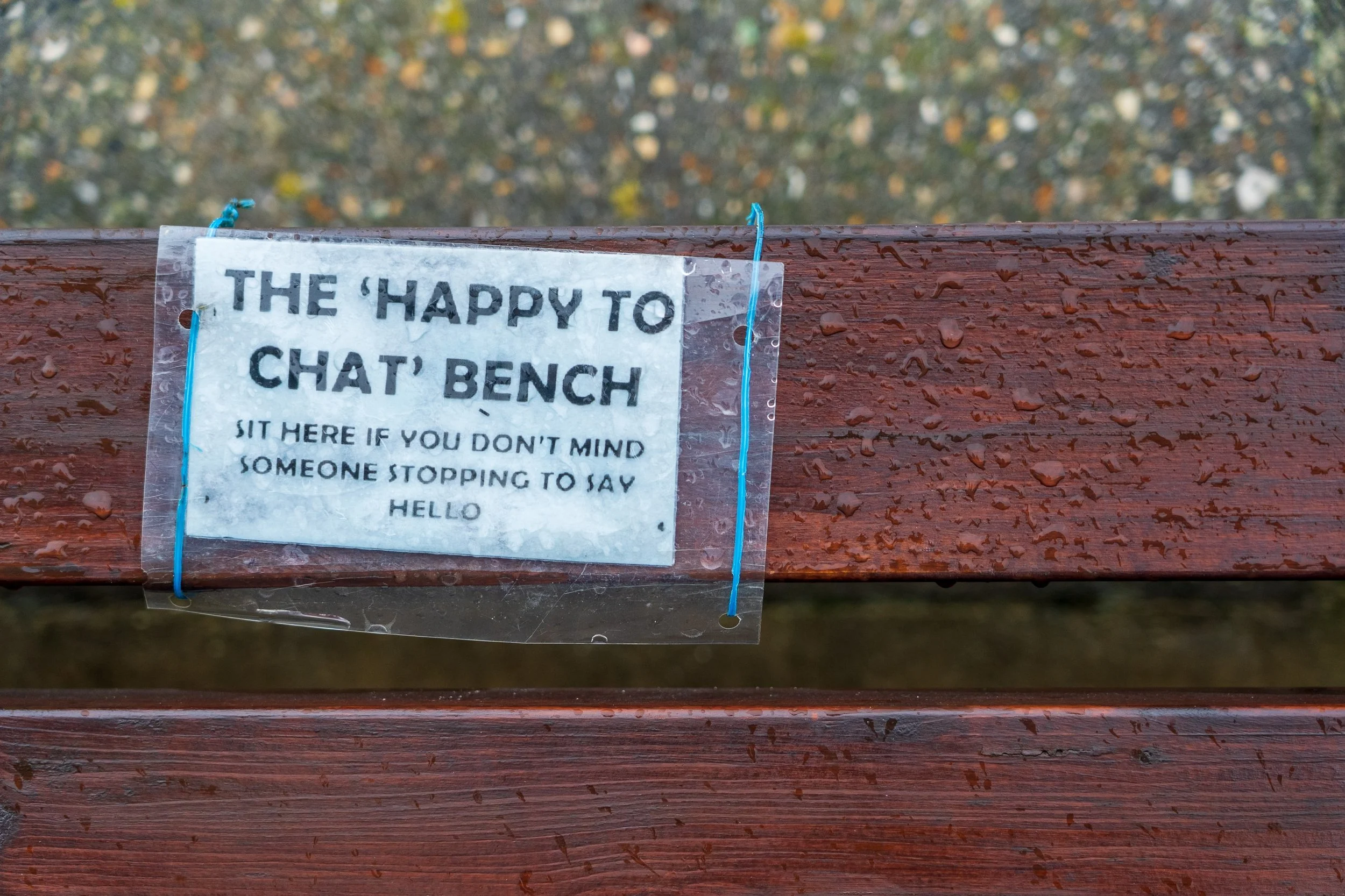Behind Every Criticism Is a Wish: A Leader’s Guide to Empowering Teams
Some sentences have the power to make you stop and rethink your approach. As a leader, hearing or reading a phrase like this might prompt you to pause and consider its deeper implications.
“Behind every criticism is a wish.”
Attributed to Esther Perel, a renowned psychotherapist and New York Times bestselling author, this concept invites leaders to reframe how they perceive and deliver criticism. Perel, known for her insights on relationships, offers a perspective that is just as valuable in the workplace as it is in personal life.
If your first thought is, “How does this apply to my role as a leader?”, read on.
Understanding the Hidden Wishes in Criticism
Consider this scenario: a team member says, “Why can’t you ever acknowledge the work we do without being asked?” What do you think this person is really trying to convey?
At first glance, it seems like a straightforward criticism. But if we dig deeper, we can see that what the person is expressing is a wish—a desire for recognition and initiative from their leader.
As leaders, it’s easy to respond defensively or brush off such comments. However, by taking a moment to reframe these criticisms as wishes, we can uncover the underlying needs and address them more effectively.
The Emotional Impact of Criticism
Now, imagine a scenario where a leader says to their team, “Why can’t you meet deadlines without me constantly reminding you?” This statement, though aimed at correcting behavior, can come across as an attack, leaving the team feeling undervalued and demotivated.
Now, let’s rephrase it: “I wish we could meet deadlines consistently without needing reminders.”
This approach not only softens the message but also shifts the tone from one of blame to one of collaboration. The leader now seems more concerned with the team’s well-being and success rather than simply issuing a directive. It expresses a desire for improvement rather than a harsh judgment.
Why Leaders Struggle with Vulnerability
Why is it so challenging for leaders to use phrases like “I wish”? Because it requires vulnerability. As leaders, we often feel the need to project strength and certainty. Admitting that we have wishes, or that we rely on our team for success, can feel like exposing a weakness.
However, embracing this vulnerability can be a powerful leadership tool. It humanizes the leader, fosters trust, and opens the door to more meaningful and productive conversations.
Reframing Criticism to Empower Your Team
Let’s explore how you, as a leader, can transform your feedback by adopting the “I wish” perspective. Consider these common leadership criticisms and how they might be reframed:
• “You’re always late to meetings.” > “I wish we could start our meetings on time so that we can make the most of our discussions.”
• “You never follow instructions.” > “I wish we could align better on instructions to ensure our projects run smoothly.”
• “Your work is always sloppy.” > “I wish we could focus on delivering more thorough and detailed work.”
• “You’re not a team player.” > “I wish we could see more collaboration from everyone on the team.”
• “You’re too rigid and inflexible.” > “I wish we could approach challenges with a more adaptable mindset.”
By reframing criticisms this way, you shift the focus from what’s wrong to what could be better, encouraging your team to rise to the challenge without feeling attacked.
Turning Criticism into a Coaching Opportunity
What can you do as a leader to foster a culture of growth and openness? Here’s how you can use the “I wish” framework:
1. Dig Deeper: When you feel the urge to criticize, pause and consider the underlying wish or need that you want to express. This reflection will help you communicate more effectively and empathetically.
2. Inspire with Wishes: Use the “I wish” perspective to provide feedback that motivates your team. Wishes express hope and possibility, which can inspire action far more effectively than criticism alone.
3. Model Vulnerability: Don’t be afraid to express your own wishes to your team. Show that leadership is not about being perfect, but about being committed to continuous improvement—both for yourself and your team.
4. Create a Safe Space: Encourage your team members to share their own wishes and needs. When people feel safe to express themselves, they’re more likely to engage and contribute meaningfully.
Self-Reflection Questions for you:
As a leader, it’s crucial to engage in self-reflection, especially when it comes to how you deliver feedback. Here are some questions to consider:
What underlying wish or need am I trying to express in my criticism? Reflect on whether your feedback is addressing a deeper concern or desire. Understanding this can help you communicate more clearly and effectively.
How can I frame my feedback to promote collaboration rather than conflict? Consider how your words can influence the team dynamic. Aim to foster an environment of cooperation and mutual respect.
Am I creating a space where my team feels safe to express their wishes and concerns? A psychologically safe environment encourages openness, trust, and creativity. Evaluate whether your leadership style supports this.
How can I model the behavior I wish to see in my team? Your actions set the tone for your team. If you wish for your team to be more proactive, ensure that you’re demonstrating proactivity in your leadership.
What can I learn from my team’s feedback about my leadership? View criticism as a tool for your own growth. What can you do differently to meet your team’s needs more effectively?
Leading with Empathy and Intention
By recognizing the wish behind every criticism, you can transform potentially negative interactions into opportunities for growth and connection. This approach not only strengthens relationships but also enhances team performance, creating a more positive and productive work environment.
Remember, the words you choose can either build barriers or bridges. By leading with empathy and intention, you can guide your team toward a future where everyone’s wishes are heard, valued, and acted upon.
If you enjoyed the theory, here is a practical way to execute this.
5-Day Action Plan for Leaders: Applying the “Wish” Perspective
Day 1: Reflect on Past Feedback
• Objective: Start by reflecting on recent instances where you’ve given feedback or criticism to your team.
• Action: Take 30 minutes to review your recent interactions and identify at least three situations where you offered criticism. Ask yourself, “What underlying wish or need was I trying to express?” Write down how you could have reframed these criticisms as wishes.
• Outcome: Develop a better understanding of your own communication style and prepare to implement the “wish” perspective.
Day 2: Reframe Your Feedback
• Objective: Practice reframing feedback using the “I wish” approach.
• Action: Choose one current project or task where you need to provide feedback. Before meeting with your team, consciously reframe any criticisms into wishes. For example, if you’re concerned about missed deadlines, say, “I wish we could stay on track with our deadlines to ensure smooth project delivery.”
• Outcome: Deliver constructive feedback that motivates and encourages your team, setting a positive tone for future interactions.
Day 3: Engage in One-on-One Conversations
• Objective: Create a safe space for open communication and express your wishes directly.
• Action: Schedule one-on-one meetings with at least two team members. During these meetings, share specific “I wish” statements related to their work or development. Invite them to share their own wishes and concerns. For instance, you might say, “I wish we could find more ways to collaborate effectively. How do you feel about our current teamwork?”
• Outcome: Build stronger relationships and foster an environment where team members feel heard and valued.
Day 4: Encourage Team Reflection
• Objective: Help your team understand the power of reframing criticism into wishes.
• Action: During your next team meeting, introduce the concept of “Behind Every Criticism Is a Wish.” Share a few examples of how you’ve reframed your own feedback. Encourage team members to reflect on how they give and receive feedback. Ask them to try using “I wish” statements when offering constructive input.
• Outcome: Cultivate a team culture that prioritizes empathy, understanding, and positive communication.
Day 5: Review and Adjust
• Objective: Assess the impact of the “wish” perspective on your leadership and team dynamics.
• Action: At the end of the week, take some time to reflect on how the “I wish” approach has influenced your interactions. Consider the responses you received and how your team members engaged with this new perspective. Identify any adjustments you might need to make and set intentions for continuing this practice.
• Outcome: Solidify the “wish” perspective as a regular part of your leadership style, ensuring ongoing growth and improvement in your team’s communication and performance.
This 5-day plan provides a structured approach for leaders to start integrating the “wish” perspective into their daily interactions, fostering a more supportive and collaborative work environment.






























Discover why coachability—not talent—is the true differentiator in hospitality success. This article reveals the 5 observable signs of coachable team members, provides a practical assessment framework, and offers actionable strategies to build a coaching culture that drives measurable business results. Learn how to identify uncoachable behaviors, and when to make tough decisions about team members who resist growth. With research showing coaching cultures deliver up to 20x ROI through improved guest satisfaction, lower turnover, and faster innovation, this essential guide helps hospitality leaders transform their teams from merely skilled to continuously adaptive and high-performing.